Description
Country dance by Denis Dighton printed on a T-Shirt
About the T-Shirt
Regular fit
Standard length, the fabric easily gives into movement
Casual wear
A classic, everyday option loved by our customers
Side-seamed
Constructed by sewing two parts together, creating a fitted look
The Unisex Staple T-Shirt feels soft and light with just the right amount of stretch. It’s comfortable and flattering for all. We can’t compliment this shirt enough–it’s one of our crowd favorites, and it’s sure to be your next favorite too!
- Solid colors are 100% Airlume combed and ring-spun cotton
- Ash color is 99% combed and ring-spun cotton, 1% polyester
- Heather colors are 52% combed and ring-spun cotton, 48% polyester
- Athletic and Black Heather are 90% combed and ring-spun cotton, 10% polyester
- Heather Prism colors are 99% combed and ring-spun cotton, 1% polyester
- Fabric weight: 4.2 oz./yd.² (142 g/m²)
- Pre-shrunk fabric
- 30 singles
- Side-seamed construction
- Tear-away label
- Shoulder-to-shoulder taping
- Blank product sourced from Nicaragua, Mexico, Honduras, or the US
Denis Dighton (1792 – 1827)
Denis Dighton was an English painter, best known for his military portraits and battle scenes.
Denis Dighton was the son of the caricaturist Robert Dighton and a younger brother was Richard Dighton. He enrolled as a student of the Royal Academy in 1807 and exhibited 17 pictures there between 1811 and 1825.
He enjoyed the patronage of the Prince of Wales, who had been a close friend of his mother. Through the influence of the prince, he received a commission in the army in 1811, however, he soon returned to civilian life. By 1814 he had received the title of Military Painter to H.R.H. the Prince Regent. The prince sent Dighton to the Southern Netherlands just before the Battle of Waterloo, and seems to have bought all his exhibited pictures. Dighton visited the Waterloo battlefield five days after the victory and executed nine paintings of the battle.
He fell from royal favour when his intermediary with the Prince Regent, Sir Benjamin Bloomfield, lost his place in the royal household, to be replaced by Sir William Knighton. After this loss of patronage, Dighton became mentally ill; he moved with his wife and son to Brittany, where he lived supported by the Artists’ Benevolent Fund until his death at the age of 35 on 8 August 1827.
Dighton is mostly known for his paintings of battle scenes especially depicting the Peninsular War and Waterloo; he also painted a scene of Nelson being shot at the Battle of Trafalgar.
He married a sister of Augustus Earle, Phoebe Earle, herself a working artist and exhibitor at the Royal Academy who became Flower Painter in Ordinary to Queen Adelaide, in 1812 and they had two sons.

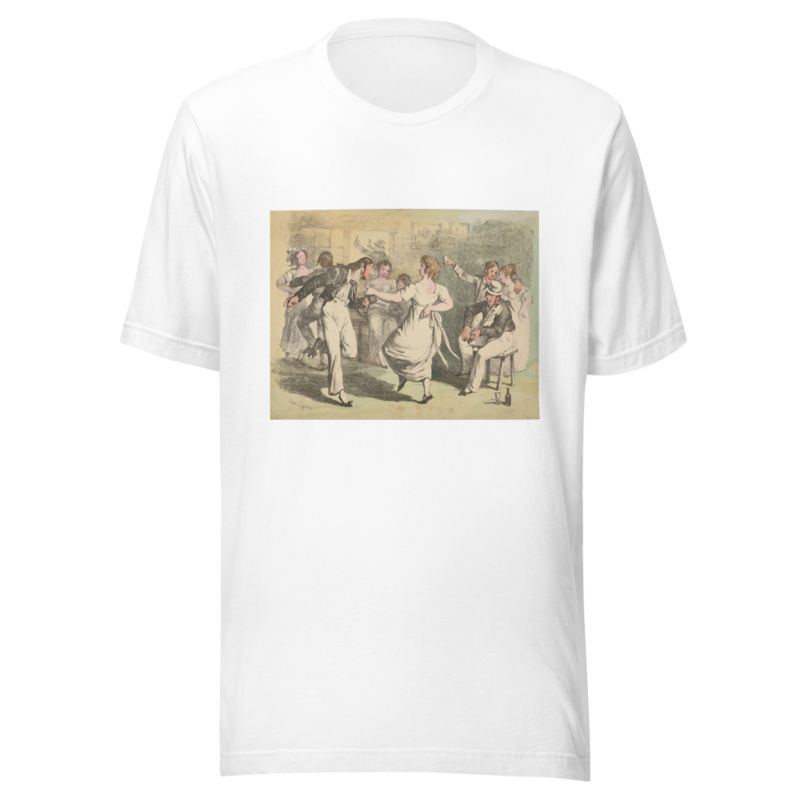
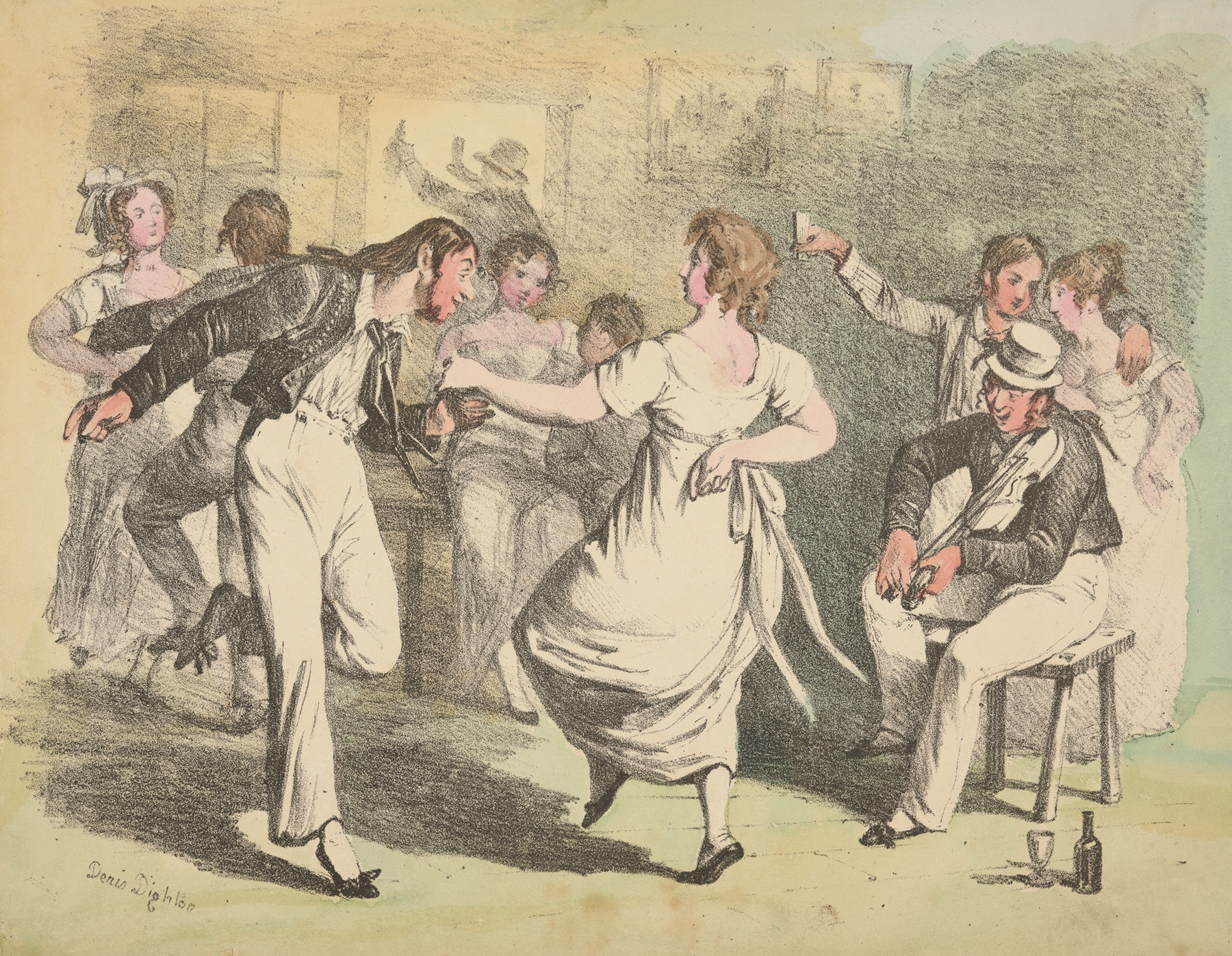
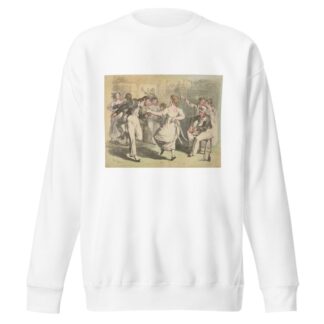
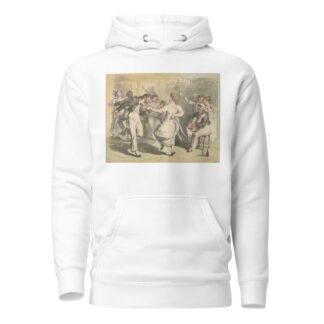
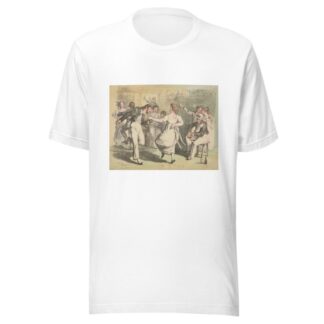
Reviews
There are no reviews yet.